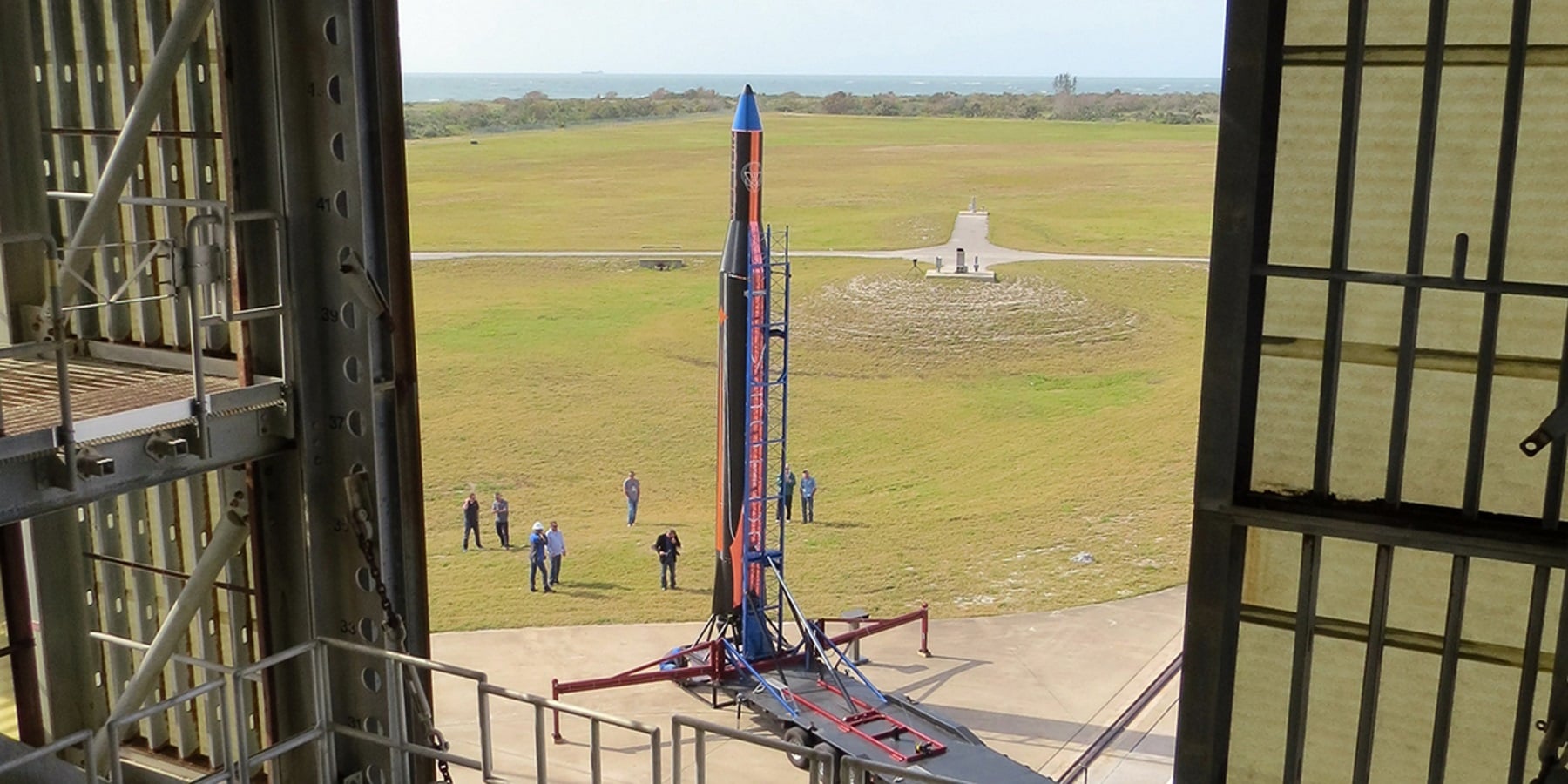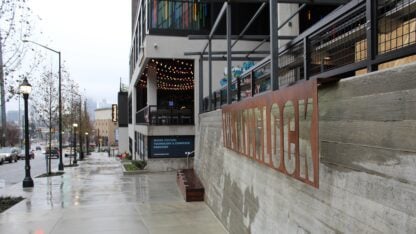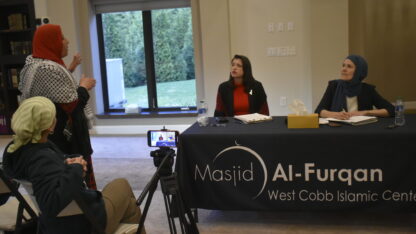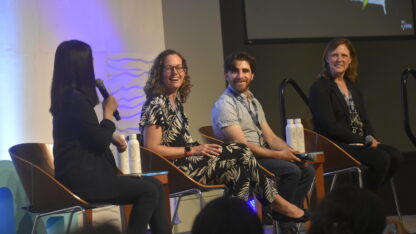BeltLine Funds Affordable Housing; But Growing Pains Stay
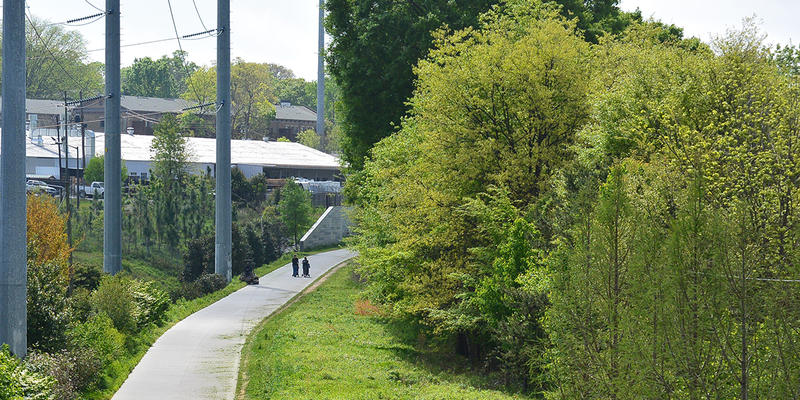
The BeltLine is putting more money into affordable housing. Its new budget, approved Thursday by Invest Atlanta, the city’s economic development authority, includes $2.2 million for affordable housing.
“What was affordable today may not be affordable tomorrow,” said Atlanta City Councilman Andre Dickens, who serves both on Invest Atlanta’s board and also on the BeltLine’s. “Inman Park and Old Fourth Ward once upon a time were affordable. So we’ll be chasing our tails over there, to be honest. But three-fourths of the BeltLine has not been laid yet. So hopefully we can get ahead of it before West View and Westwood and Adair Park and Capital View start being priced out as well.”
A study released earlier this week by a Georgia Tech professor found that rental prices have already spiked in some Westside neighborhoods.
The BeltLine is also planning to issue bonds for the first time in years, and put $7.5 million of that money towards affordable housing, as well.
The BeltLine has been behind on its goal to create 5,600 affordable housing units by 2030. That’s partially because the Great Recession meant it didn’t have as much money coming in as planners had expected.
“We’re kind of at that time now that the money’s come back in to the BeltLine and we’re seeing that increase of values to help generate and create more affordable housing,” said Invest Atlanta CEO Eloisa Klementich in an interview after Invest Atlanta’s board meeting.
But there are still other growing pains. Congestion, for one. Not on the BeltLine — though the Eastside Trail on a nice weekend is packed — but around it, in neighborhoods where businesses and new apartments and condos are coming in, but the streets are still the same size, and there’s no BeltLine streetcar yet.
“If there’s not enough infrastructure for people to move around, then in fact they’re feeling worse off than before the BeltLine spurred that development,” said Julian Bene, a board member of Invest Atlanta.
It’s a chicken or an egg problem. Because the development is a big chunk of what funds BeltLine construction, said Bene.
“It’s not the tooth fairy that builds the BeltLine; it’s money from property development,” he said. “I think the BeltLine’s doing a pretty good job of weighing mobility and development, but we’re at the early stage and things could get sticky if we have a lot of development, no new mobility solutions. We could have some very frustrated folks who can’t move around the way they’d like to.”
The BeltLine’s 2017 budget includes plans to keep expanding the Eastside trail and working on the Westside Trail. And there’s money in the budget for environmental studies and engineering for BeltLine streetcar routes. But any actual transit is likely still a ways off.
9(MDAxODM0MDY4MDEyMTY4NDA3MzI3YjkzMw004))

